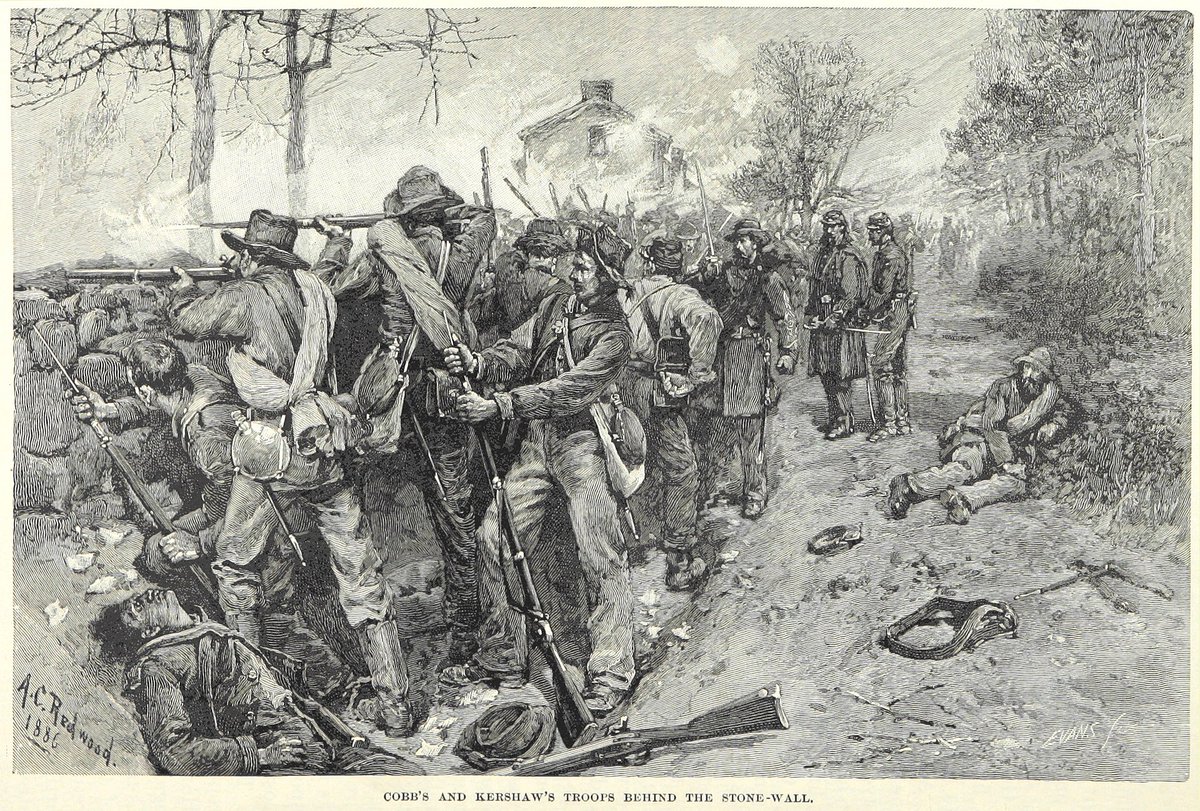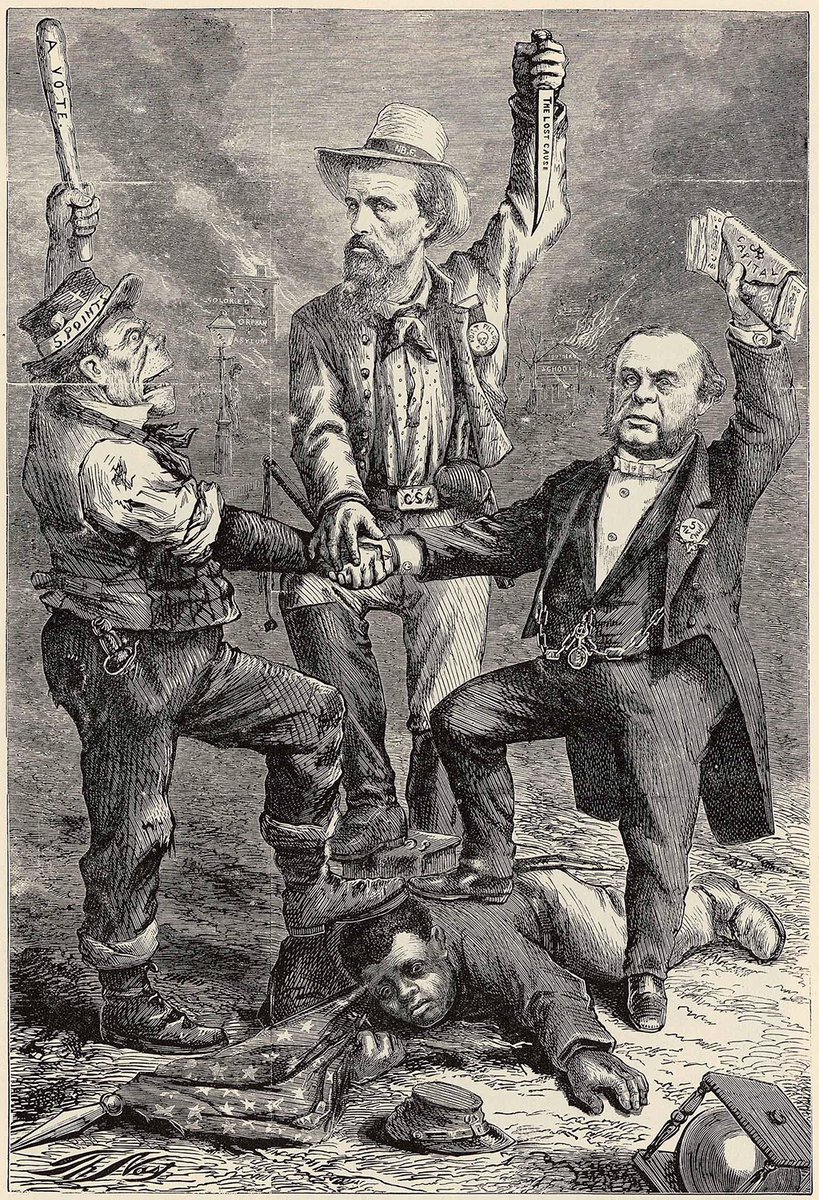
#OTD in 1862, #Confederate soldiers repulsed a massive #Union assault on the second day of the #Battle of #Fredericksburg. Wave after wave of Union soldiers were mowed down during a full frontal assault against Confederate troops positioned at Marye’s Heights. 

After the Battle of #Antietam a few months earlier, General #McClellan allowed Lee's Army to retreat back to #Virginia to fight another day. #President #Lincoln then relieved McClellan of command and replace him with General Ambrose #Burnside. 

Burnside quickly planned a fall offensive to move on #Richmond. However, the Union Army's operation faced logistical setbacks, allowing Lee to settle in at Fredericksburg. Burnside chose to attack Lee head on, a decision that proved disastrous.
Engineers began constructing a pontoon bridge across the #Rappahannock on #December 11. Confederate resistance slowed Burnside's advance and most of his men did not cross until December 12. Burnside planned to attack the next morning. 

The Confederates were well positioned on the high ground at Marye’s Heights. In order to take the Confederate position, Union soldiers had to charge uphill over open ground under heavy rifle and artillery fire. 

The open ground between Fredericksburg and Marye’s Heights became known as the Slaughter Pen. Confederate artillery commander Lt. Col. Edward Porter Alexander predicted the carnage. He told General Longstreet "A chicken could not live on that field when we open on it."
Brigade after of brigade of Union soldiers were sent forward in an attempt to take the high ground but were cut down by the thousands. Burnside planned to lead another assault himself the next day but was eventually talked out of it. 

Burnside retreated across the Rappahannock on December 15. His forces suffered 12,500 casualties while the Confederates lost 6,000 men. Approximately 5,000 Union soldiers fell at the Slaughter Pen alone.
After the battle Lincoln The Union defeat at Fredericksburg had a profound effect on Union and Confederate morale and sent the Lincoln administration reeling. Upon learning of the defeat, Lincoln wrote: "If there is a worse place than hell, I am in it."
#Onthisday #History
#Onthisday #History
• • •
Missing some Tweet in this thread? You can try to
force a refresh









